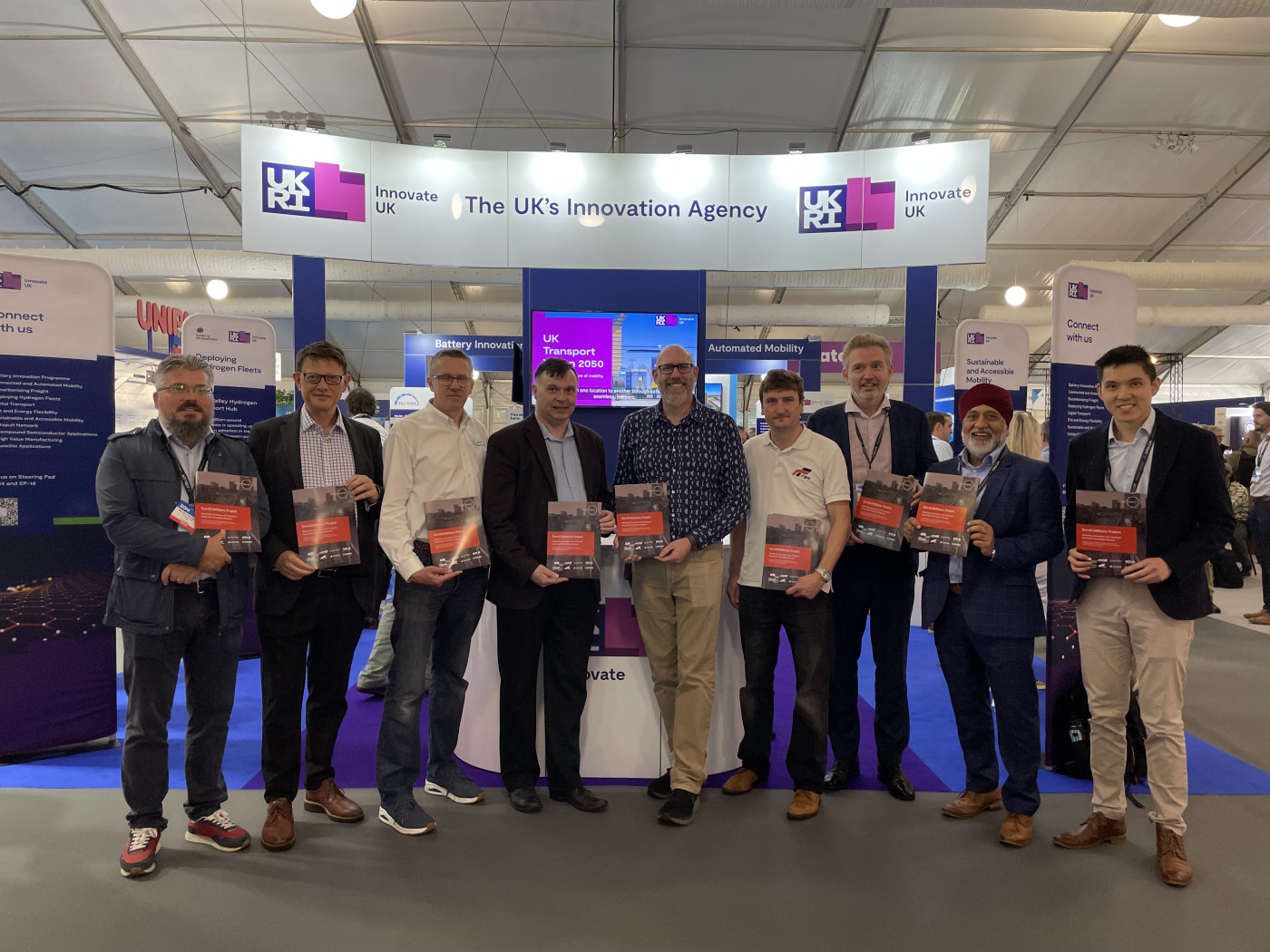Sim4CAMSens project launches Final Report

Simulation is important to develop and assure robust ADAS and Automated Vehicle perception systems. The Sim4CAMSens project addressed new methods to characterise and simulate camera, radar, and LiDAR sensors for Automated Vehicles under any environmental conditions. The project team carried out extensive test campaigns to collect data on sensors’ performance in labs, in the field, and at proving grounds. These tests identified and quantified all the noise factors that impact sensor performance, to enable more realistic sophisticated sensor models.
An engineering requirements decomposition methodology was developed by Syselek to define the fidelity needed for trustworthy simulation. The test campaigns were undertaken by Claytex, NPL, WMG, and CSA Catapult. Using the test measurements collected, physics-based sensor models of cameras, radars, and LiDARs were developed and validated by Claytex and rFpro, while rFpro also enhanced the core simulation environment used in the project. rFpro have since released AV elevate, incorporating these modelling developments. The new processes and models were then used by Oxford RF to accelerate the development of their first production radar sensors, and the project outcomes were disseminated through publications and outreach activities led by AESIN, with presentations at many international conferences. The project consortium (with Queen Mary University London replacing WMG) is pleased to be continuing and extending this vital work.
The Sim4CAMSens project consortium will be launching the Final Report at the Innovate UK stand at CENEX Expo on Wednesday 3rd September at 2:30 pm. Copies of the report will be available thereafter, and downloadable from the project website at https://sim4camsens.org/.